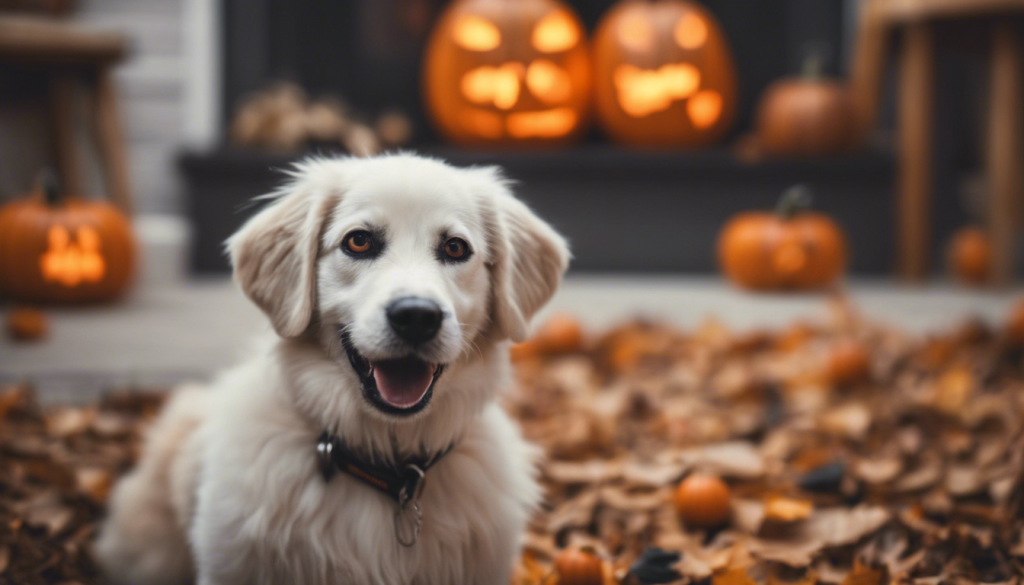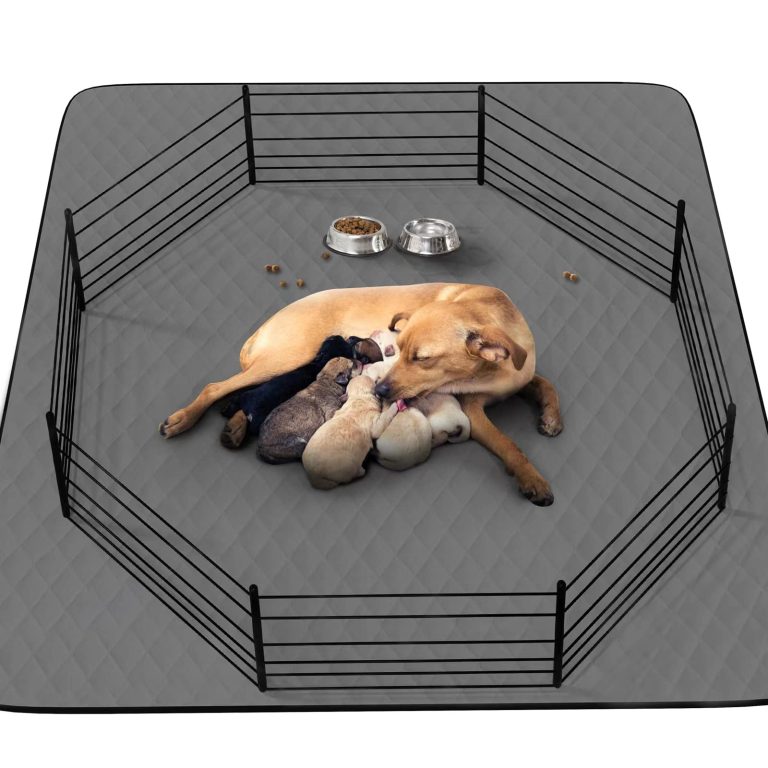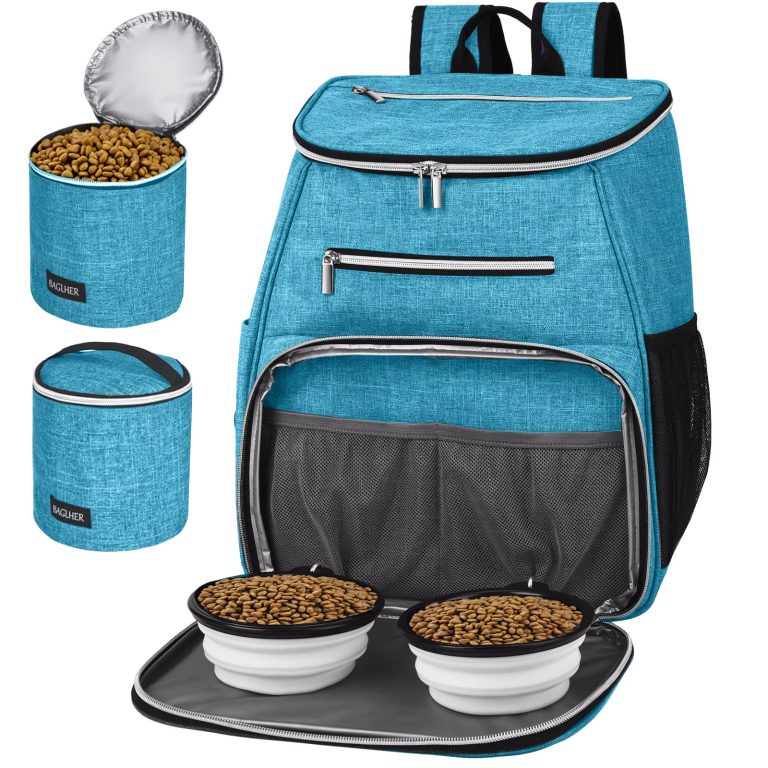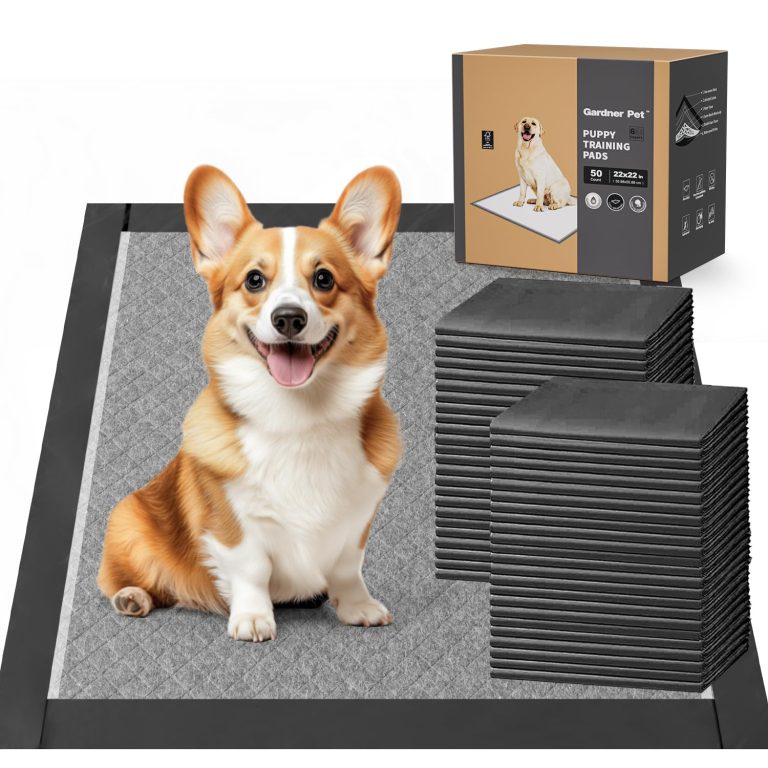Dealing with Canine Resource Guarding – Safety Strategies
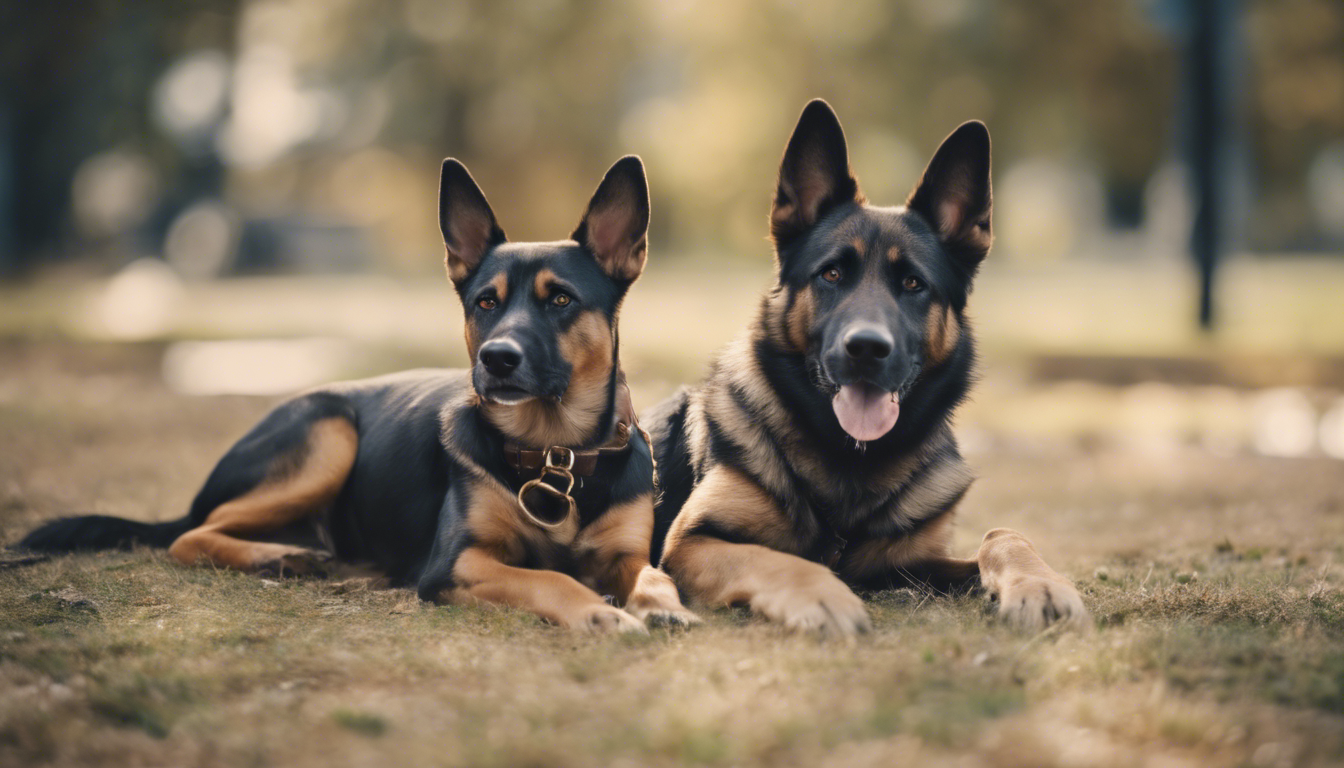
Dealing with canine resource guarding can be a challenging aspect of pet parenting. Resource guarding refers to a dog’s aggressive behavior when it attempts to protect or control items it perceives as valuable. These items can include food, toys, bones, or even a comfortable spot on the couch. Understanding and addressing resource guarding is important for ensuring the safety and well-being of your dog and those around them.
Recognizing Resource Guarding Behaviors
Canine resource guarding can manifest in various ways. It’s essential to be able to identify these behaviors so that you can take appropriate action. Here are some common signs of resource guarding:
- Growling or snarling: That is a clear indication that your dog feels threatened and might escalate to more aggressive behaviors.
- Stiff body language: Dogs may freeze or stiffen when they are guarding a resource.
- Showing teeth: Baring their teeth is a warning sign that your dog is feeling defensive and may act aggressively.
- Snapping or biting: The ultimate display of resource guarding, dogs may resort to biting if they feel their resources are under threat.
Behavior Training for Resource Guarding
Addressing resource guarding requires patient and consistent training. The goal is to teach your dog that giving up their resources willingly results in positive outcomes. Here are some behavior training strategies you can employ:
- Trade-up technique: Teach your dog to associate giving up one item with receiving an even better one. For example, offer a high-value treat in exchange for a toy.
- Desensitization: Gradually expose your dog to scenarios that trigger resource guarding but at a distance where they don’t react aggressively. Reward calm behavior and gradually decrease the distance over time.
- Counterconditioning: Pair the presence of people or other dogs near resources with positive experiences such as treats or playtime. This helps your dog associate others’ presence with positive outcomes rather than a threat to their resources.
- Seek professional help: If your dog’s resource guarding behavior persists or escalates, consider consulting a professional dog trainer or behaviorist who can provide personalized guidance and training for your specific situation.
Ensuring Safety
While working on behavior training to address resource guarding, it is important to prioritize safety. Here are some safety strategies to consider:
- Management: Manage your dog’s environment by preventing access to items they guard. For example, keep valuable items out of reach or provide them only under supervision.
- Separation during high-value situations: If you anticipate a situation where your dog might guard resources, consider using barriers or crates to separate them from potential triggers.
- Avoid punishments: Punishing your dog for resource guarding can worsen their behavior and escalate aggression. Instead, focus on positive reinforcement and reward-based training.
Building a Strong Bond and Companionship
Pet parenting goes beyond addressing behavioral challenges. Building a strong bond with your dog is essential for their overall well-being and happiness. Here are some tips for fostering companionship:
- Regular exercise: Engage in physical activities that your dog enjoys, such as walks, playtime, or interactive toys. Exercise helps reduce stress and establishes a positive outlet for their energy.
- Positive reinforcement: Reward your dog for good behavior using treats, praise, or play. Positive reinforcement enhances their trust in you and motivates them to repeat desirable behaviors.
- Bonding activities: Participate in activities that strengthen your bond, such as training sessions, puzzle toys, or even gentle grooming sessions.
- Consistency and routine: Dogs thrive in an environment with consistent routines. Establish a schedule for feeding, exercise, and playtime to provide them with a sense of security.
Dealing with canine resource guarding requires patience, consistency, and understanding. By recognizing the signs of resource guarding, implementing behavior training strategies, prioritizing safety, and focusing on building a strong bond, you can address this challenging behavior and ensure a harmonious relationship with your beloved furry friend.


